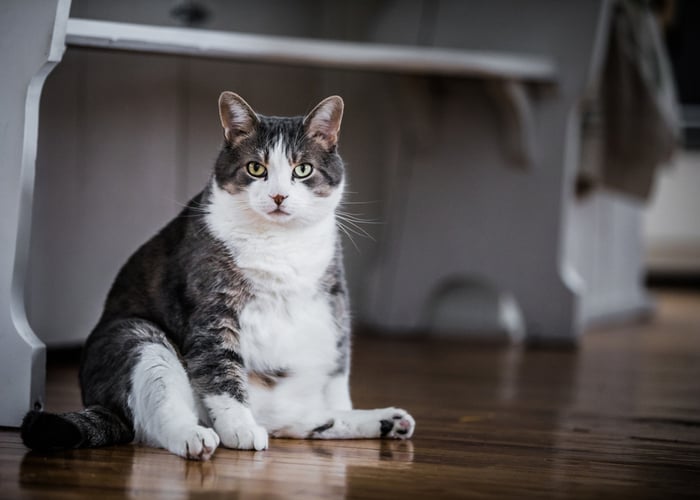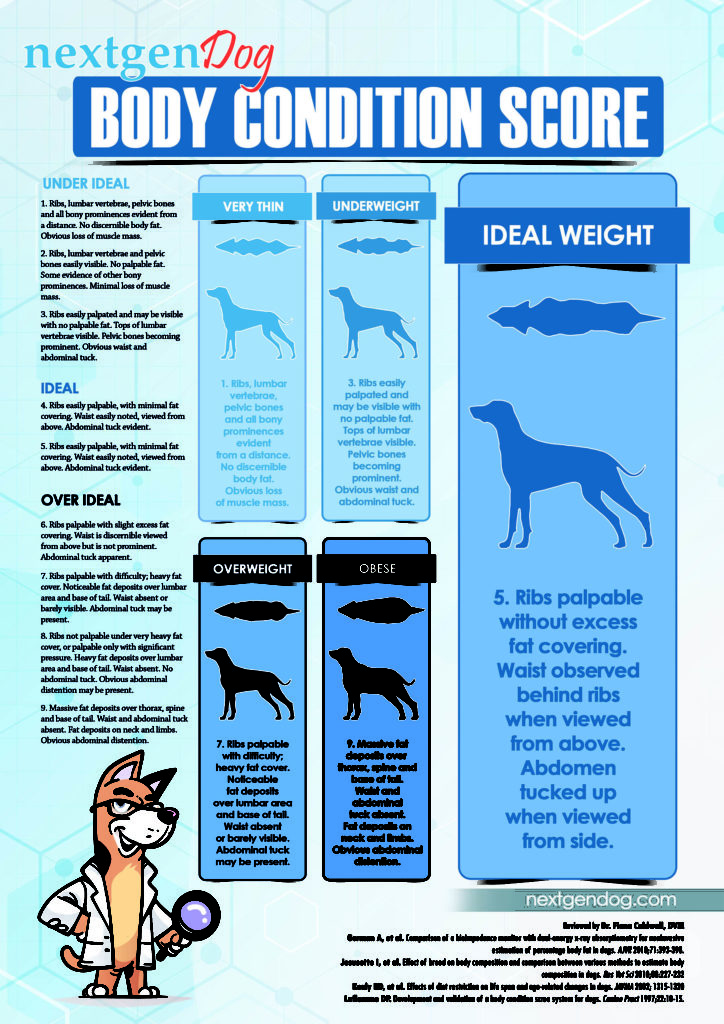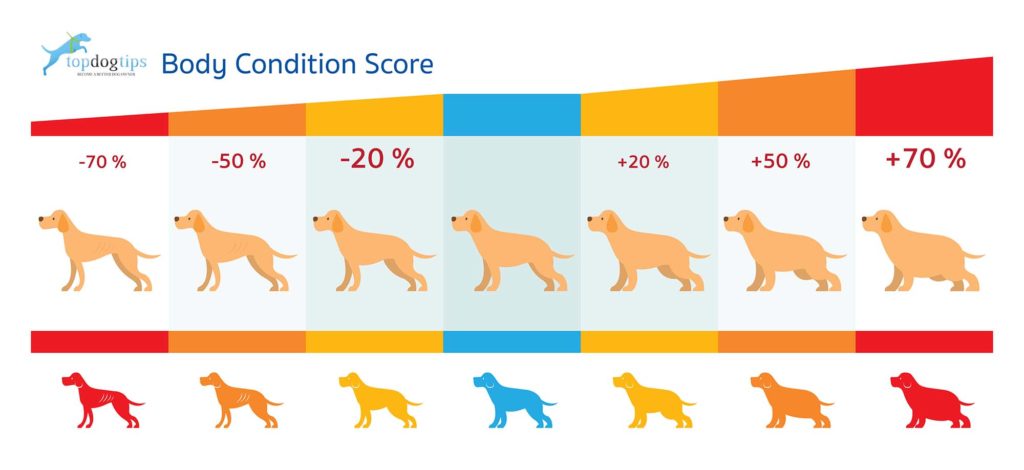Pet obesity has reached epidemic levels in the United States. Sadly, this condition is 100% preventable. If you've been asking yourself, “Is my pet overweight?” this article will explain how to tell and what you can do about it.
According to recent research from the Association for Pet Obesity Prevention, 59% of dogs and 61% of cats were classified as overweight or obese in 2022. Unfortunately, this statistic is also directly linked to a rise in diseases commonly associated with excess weight, including diabetes, arthritis, and certain types of cancer.
Obesity in pets is just as dangerous as obesity in humans. If a human is overweight, they can make changes to their lifestyle to shed a few extra pounds.
It is up to us to manage the weight of our pets. That means that if your pet is overweight or obese, you're the only one that can help him.
The longer you wait, the more severe the adverse effects of canine obesity will become. Obesity could ultimately take years off your dog's life.
Is My Pet Overweight and How To Tell?

I often have friends and family ask me to evaluate their pet's weight. “Is my dog fat?” or “Is my cat fat?”
I don't like answering this question because it's usually yes. If you're wondering about pet obesity and considering the option that your pet may be overweight, he probably is.
You can use a Body Condition Score (BCS) chart to evaluate your pet’s body and assess whether or not he is overweight. You can see the chart below for dogs, and check out this link for the BCS chart for cats.

BCS charts are easy to follow, no matter how much experience you have with pets. Simply stand above your pet and look down over him.
Compare what you see to the images on the BCS chart. This will tell if your pet is underweight, overweight, or at a healthy weight.
You can also do a quick physical check of your pet’s rib cage.
Run your hands down your dog's sides. If you feel a small layer of fat but you can still find the individual ribs easily, then your pet is at a healthy weight.
If you have to press hard to feel his ribs or cannot feel them at all, your pet is overweight.
As I mentioned, overfeeding and lack of exercise can take a toll. Obesity can lead to serious issues like high blood pressure, increased risk of certain cancers, respiratory disease, kidney disease, liver disease, and diabetes.
Excess weight can, and likely will, decrease your pet’s life expectancy. If you believe that your dog or cat is overweight, it's important to take action immediately.
RELATED: Homemade Dog Food for Weight Loss

Talk to your vet about your pet’s diet and the proper portions that you should be feeding. Cut out extra snacks.
I know we all love to give our pets treats because it makes them so happy. There are other ways to make your pet happy, including snuggles, play time, and one-on-one attention from you.
If you're training your pet or need to give him treats for some reason, try swapping out calorie-packed commercial treats for whole foods.
Fruits and vegetables make great treats for dogs and cats! Blueberries, watermelon, carrots, broccoli, and apples are all healthy snacks for your dog.
Cats are a bit more finicky. Small pieces of unseasoned meat or eggs will entice almost any cat. You can also try cooked veggies like green beans, peas or pumpkin.
Exercise is another key factor in helping your overweight slim down. Diet isn't the only change you'll need to make.
Depending on your pet's ability level, you'll need to increase his daily exercise. Start with short walks and gradually work your way up. You don't want to overdo it.
READ NEXT: How To Motivate An Overweight Dog












